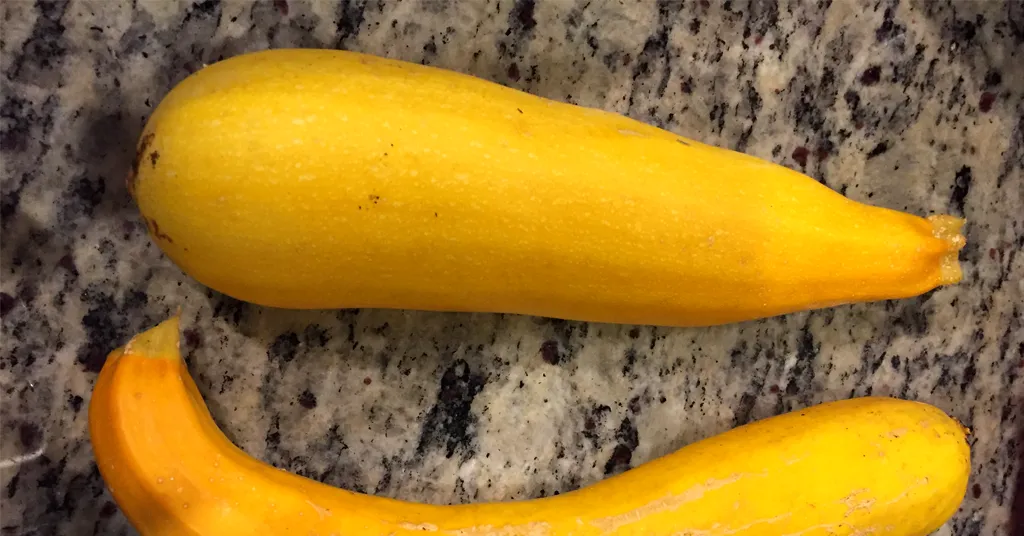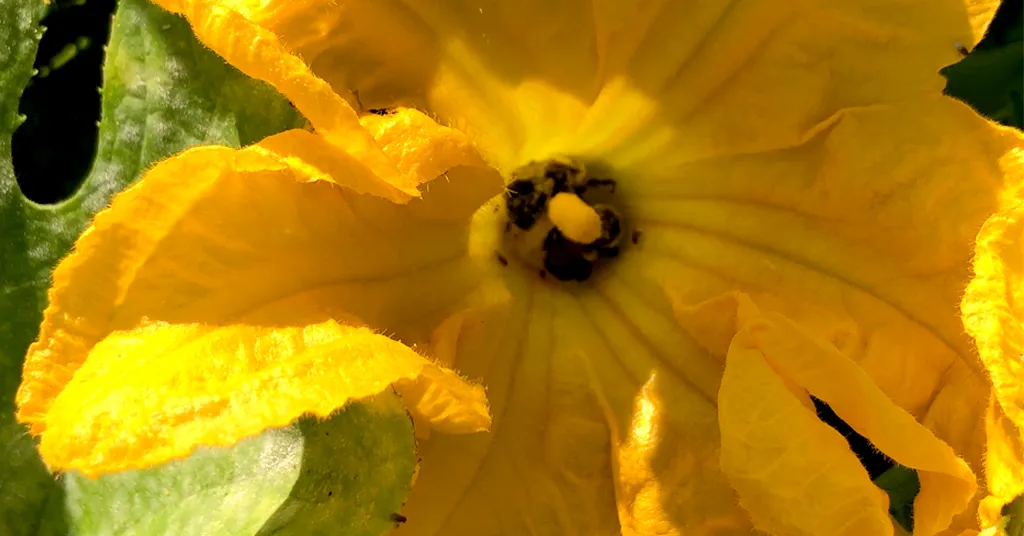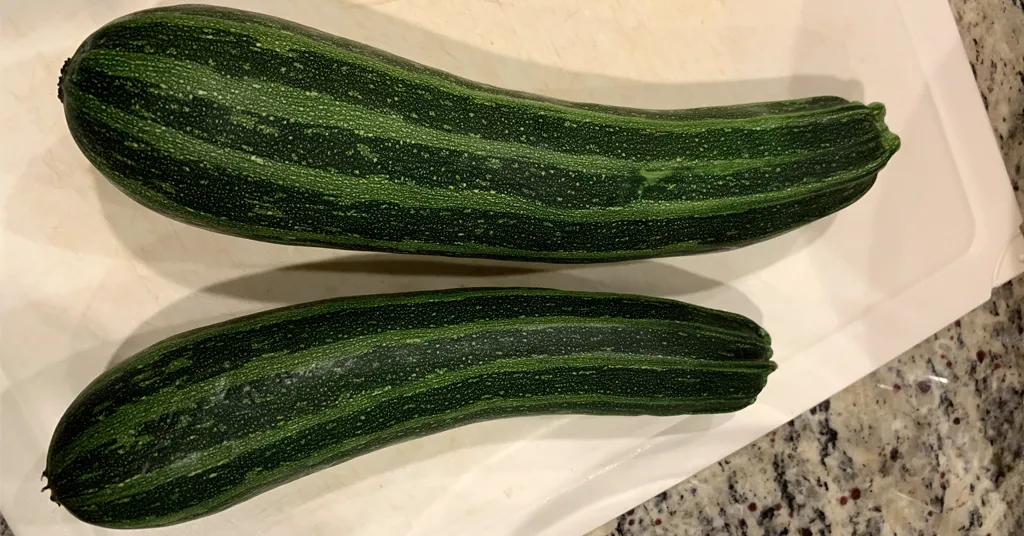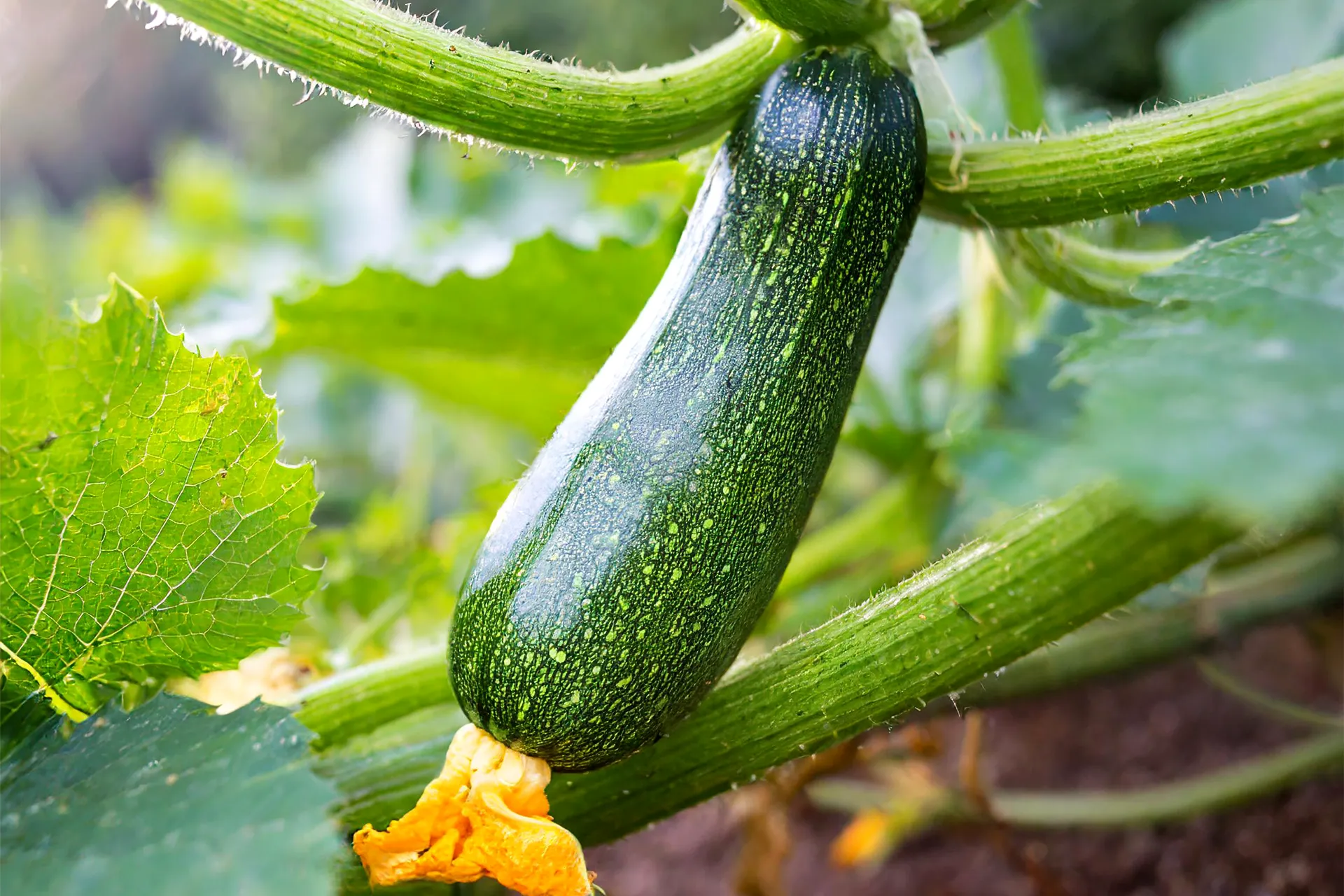This post may contain affiliate links. When you purchase through links on my site, I may earn a commission at no cost to you. See my Privacy Policy for details.
Are you tired of eagerly tending to your zucchini plants, only to be met with disappointment come harvest time? Don’t despair! This article is here to save the day and help you effortlessly grow an abundance of zucchinis right in your backyard. From choosing the perfect zucchini varieties to mastering planting and maintenance, I’ll provide you with a step-by-step guide to growing zucchini. Grab your gardening gloves and get ready to learn the secrets that will have you enjoying an abundance of fresh zucchinis straight from your garden.
Choose the Right Zucchini Varieties
To ensure a successful zucchini harvest, it’s important to start with the right zucchini varieties. Different varieties have their own unique characteristics and growth habits, so selecting the ones that best suit your needs and growing conditions is essential. Let’s look at some popular zucchini varieties and their specific traits to help you make an informed choice.
- Black Beauty: This classic zucchini variety is known for its dark green skin and tender flesh. It’s a reliable and versatile choice that produces high yields. Black Beauty zucchinis are typically harvested when they reach six to eight inches in length.
- Golden Zucchini: If you’re looking to add some vibrant color to your garden, consider growing golden zucchini. These varieties feature bright yellow skin and offer a slightly sweeter flavor compared to traditional green zucchinis. Harvest them when they are around six to eight inches in length.
- Costata Romanesco: This Italian heirloom variety stands out with its ribbed, pale green skin. It has a nutty and rich flavor, making it a favorite among many gardeners and chefs. Harvest Costata Romanesco zucchinis at around eight to ten inches in length for the best taste.
- Eight Ball: As the name suggests, this unique zucchini variety resembles a small green ball. It’s perfect for stuffing or slicing into rounds for unique culinary creations. Harvest the Eight Ball zucchinis when they are about the size of a tennis ball.
- Lebanese or Middle Eastern Zucchini: These zucchinis are slender and typically harvested when they reach five to six inches in length. They are perfect for grilling, stir-frying, or adding to salads. Lebanese zucchinis are known for their tender flesh and delicate flavor.
When choosing zucchini varieties, consider factors such as your climate, available space, and personal preferences. It’s also worth noting that some varieties may be more resistant to diseases or pests, which can help ensure a healthier crop. Take your time to research and select the zucchini varieties that align with your goals and growing conditions.

Prepare the Ideal Growing Environment
Creating the ideal growing environment for your zucchini plants is very important in achieving a bountiful harvest. The first step is to ensure you have a sunny location that receives at least six to eight hours of direct sunlight every day. Zucchinis thrive in warm temperatures, so choose a spot that is sheltered from strong winds and has good air circulation.
Prepare Soil for Growing Zucchini
Start by removing any weeds or grass from the designated area. Loosen the soil using a garden fork or tiller, breaking up any clumps and removing rocks or debris. Zucchinis prefer a soil pH between 6 and 7, so it may be beneficial to test the soil and make any necessary adjustments using organic matter or soil amendments.
Compost
Consider enriching the soil with compost or well-rotted manure to improve its fertility and drainage. Incorporate these organic materials into the soil to a depth of at least 6 inches and evenly distribute. This will provide your zucchini plants with the essential nutrients they need for healthy growth.
Mulch
To further improve the soil’s moisture retention, consider adding a layer of mulch around your zucchini plants once they are established. This will help prevent weed growth, regulate soil temperature, and reduce water evaporation. Organic mulches such as straw, wood chips, or dried leaves work best and can be applied to a depth of 2-3 inches.
Zucchini Water Requirements
It’s important to provide adequate water for your zucchini plants. They require regular watering, especially during hot and dry periods. Aim to keep the soil consistently moist but not waterlogged, as excessive moisture can lead to root rot. Consider using a soaker hose or drip irrigation system to deliver water directly to the roots, minimizing the risk of foliage diseases.
By preparing the ideal growing environment for your zucchinis, you are setting the stage for a successful harvest. With the right amount of sunlight, well-prepared soil, appropriate mulching, and proper watering techniques, your zucchini plants will be off to a great start.

Planting Zucchinis with Care
To ensure the best possible outcome for your zucchinis, approach the planting process with care and attention. This stage is where you lay the foundation for a thriving zucchini garden, and it’s worth investing your time and efforts to set your plants up for success.
Growing Zucchinis from Seed
Establish the ideal planting time for zucchini seeds in your specific climate. While zucchinis thrive in warm weather, they can be sensitive to frost, so it’s important to wait until all danger of frost has passed before planting your seeds. By selecting the appropriate time, you’ll give your zucchini seeds the best chance of germinating and growing into healthy plants.
Once you’ve determined the optimal planting time, prepare the soil by loosening it and adding compost or well-rotted manure. Zucchinis prefer rich, well-draining soil, so incorporating organic matter will help provide the necessary nutrients and moisture retention. Make sure to remove any large rocks or debris and level the soil surface for even planting.
Mounding or Hilling Zucchini Seeds
Next, create small mounds or hills in the soil, about 18 to 24 inches apart, to plant your zucchini seeds. Each mound should be around 12 inches in diameter and have a slight depression in the center. This configuration helps improve drainage and prevents waterlogged roots.
Now, it’s time to sow the zucchini seeds. Place two or three seeds in each mound, ensuring they are spaced evenly. The seeds should be planted about one inch deep into the soil. After planting, gently cover the seeds with soil, patting the soil down lightly to secure them in place.
Water Requirements When Growing Zucchini from Seeds
To promote successful germination, it’s crucial to keep the soil consistently moist but not overly saturated. Regularly water the planted seeds, aiming for a depth of about one inch of water per week. Be mindful not to overwater, as this can lead to rot and other issues. Providing a layer of organic mulch around the seedlings can help conserve moisture and suppress weed growth.
Planting Zucchini Transplants
Transplants are young zucchini plants that have been started indoors or purchased from a nursery. They are typically a few weeks old and have already developed a strong root system. By using transplants, you can give your zucchini a head start, ensuring a quicker harvest.
Selecting Zucchini Transplants
To begin, select healthy zucchini transplants that have vibrant green leaves and sturdy stems. Choose transplants that are approximately six inches tall, as this is an ideal size for planting. Before placing them in the ground, prepare the soil by loosening it with a garden fork or tiller to a depth of at least twelve inches. This will allow the roots to penetrate easily and establish themselves.
Transplanting Zucchini Plants
Next, dig a hole that is slightly larger than the root ball of your transplant. Gently remove the transplant from its container, being careful not to disturb the roots too much. Place the transplant in the hole, making sure that the top of the root ball is level with the surrounding soil.
Once your transplant is in place, backfill the hole with soil, gently pressing it down to eliminate any air pockets. Water the transplant thoroughly, providing enough moisture to support its growth. Remember to keep the soil consistently moist but not overly saturated, as excessive water can lead to rot and other issues.
Mulching Zucchini Plants
Adding a layer of organic mulch around your transplants will help conserve moisture and suppress weed growth. This mulch acts as a protective barrier, keeping the soil temperature stable and reducing the need for frequent watering.
With your zucchini transplants now comfortably settled in the soil, you can move on to the next step, Maintaining Healthy Zucchini Plants. This covers the essential practices to ensure the continued growth and productivity of your zucchini plants.,
Maintaining Healthy Growing Zucchini Plants
Now that your zucchini transplants are comfortably settled in the soil, it’s time to shift our focus to the long-term health and productivity of these green beauties. By following a few simple practices, you can ensure that your zucchini plants thrive and provide you with an abundance of delicious vegetables throughout the growing season.
Water the Root Zone
First and foremost, proper watering is essential for the health of your zucchini plants. While it’s important to keep the soil consistently moist, overwatering can lead to root rot and other diseases. To strike the right balance, water your zucchini plants deeply once or twice a week, depending on the weather conditions. Make sure the water reaches the root zone, as shallow watering can result in weak plants.
Fertilizing Growing Zucchini Plants
Regular fertilization is crucial to keep your zucchini plants well-nourished. Consider using organic fertilizers that are specifically formulated for vegetables. Apply the fertilizer according to the package instructions, typically every few weeks during the growing season. This will provide the necessary nutrients for robust growth and bountiful harvests.
Pruning Zucchini Plants
To promote the growth of healthy zucchini plants, it’s important to prune and thin them regularly. Remove any yellow or diseased leaves, as well as any overcrowded or weak stems. This will improve air circulation and minimize the risk of fungal diseases. Additionally, thinning out excess foliage and zucchini fruits will allow the remaining ones to grow larger and more flavorful.
By implementing these practices and paying attention to the health and needs of your zucchini plants, you can ensure that they continue to grow vigorously and produce an abundance of delicious zucchini. With your plants flourishing, you’ll soon be ready to move on to the exciting next phase – harvesting and preserving your zucchini bounty.,
Harvesting and Preserving Your Zucchini Bounty
With your zucchini plants thriving and producing an abundance of delicious zucchini, it’s time to move on to the exciting next phase: harvesting and preserving your zucchini bounty. As you begin to harvest your zucchinis, keep in mind a few tips to ensure you’re picking them at their peak of freshness.
First and foremost, it’s important to harvest your zucchinis when they are still young and tender. The ideal size for picking zucchinis is when they are around 6 to 8 inches in length and about 1 to 2 inches in diameter. At this stage, they will have a firm texture and a sweet, mild flavor. If left on the plant for too long, zucchinis can quickly become oversized and lose their tender quality. Sometimes Zucchini can be hidden under their leaves. Check the plants regularly to find all the hidden zucchini so they don’t grow to the size of a baseball bat.

How to Harvest Zucchini
When harvesting, gently twist or cut the zucchini from the plant, making sure to leave a short stem attached. This will help prolong their shelf life and prevent any potential rot from developing at the attachment point. Be careful not to damage the plant while harvesting, as healthy and intact plants will continue to produce more zucchinis throughout the season.
Preserving Zucchini
Once you’ve gathered your zucchini harvest, it’s time to consider different methods of preserving them for future use. Zucchinis can be enjoyed fresh in various recipes, but they can also be preserved for longer storage. One popular method is freezing, which allows you to enjoy the taste of summer even during the colder months.
Freezing Zucchini
Before freezing, it’s important to blanch your zucchinis to deactivate enzymes that can cause loss of flavor, color, and texture. To blanch, simply immerse your sliced or chopped zucchinis in boiling water for a short period, usually around 3 to 4 minutes, and then transfer them to an ice bath to halt the cooking process. Once they are completely cooled, drain them thoroughly, and pack them into airtight containers or freezer bags. Remember to label the containers with the date for easy reference later on.
I love to use frozen zucchini to make zucchini bread and zucchini muffins.
Pickling Zucchini
Another excellent way to preserve your zucchini bounty is by pickling them. Pickled zucchinis add a tangy and flavorful element to salads, sandwiches, and even as a side dish. There are various pickling recipes available, ranging from classic dill pickles to more adventurous flavors like sweet and spicy. Whichever recipe you choose, make sure to follow proper canning procedures to ensure the safety and longevity of your pickled zucchinis.
Zucchini Relish
One of my favorite ways to preserve zucchini is in Zucchini Relish. This delicious water bath or steam canning recipe is truly one of my favorites. This relish tastes amazing on a turkey sandwich and also goes great on grilled burgers and hotdogs.
With your zucchinis harvested and preserved, you’ll be able to enjoy the fruits of your labor long after the growing season has ended. Whether you prefer them fresh, frozen, pickled, or as relish, your zucchini bounty will keep you well-stocked with this versatile and nutritious vegetable. Now that you know how to effortlessly grow and preserve an abundance of zucchinis, it’s time to savor the flavors and share the joy of your homegrown harvest.,
Growing an abundance of zucchinis in your backyard is not only achievable but also remarkably effortless. By carefully selecting the right zucchini varieties, creating the ideal growing environment, and planting with care, you can set the foundation for a bountiful harvest. Whether you choose to plant zucchinis from seed or opt for transplants, ensuring their health through proper maintenance is crucial. Finally, the sweet reward of harvesting and preserving your zucchini bounty awaits.
Dig your hands into the soil, nurture your zucchini plants, and witness the miracle of nature unfolding before your eyes. Happy gardening!

